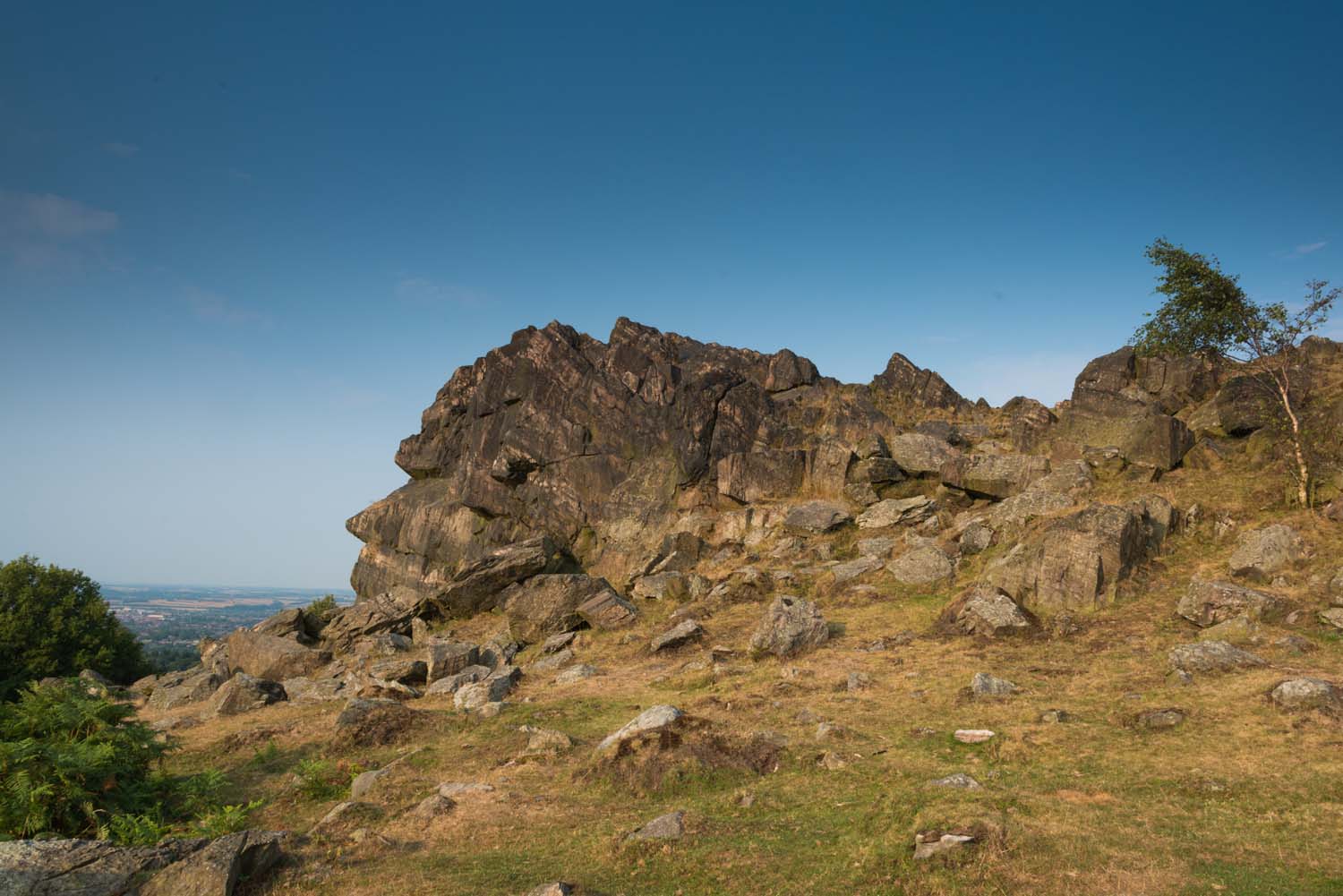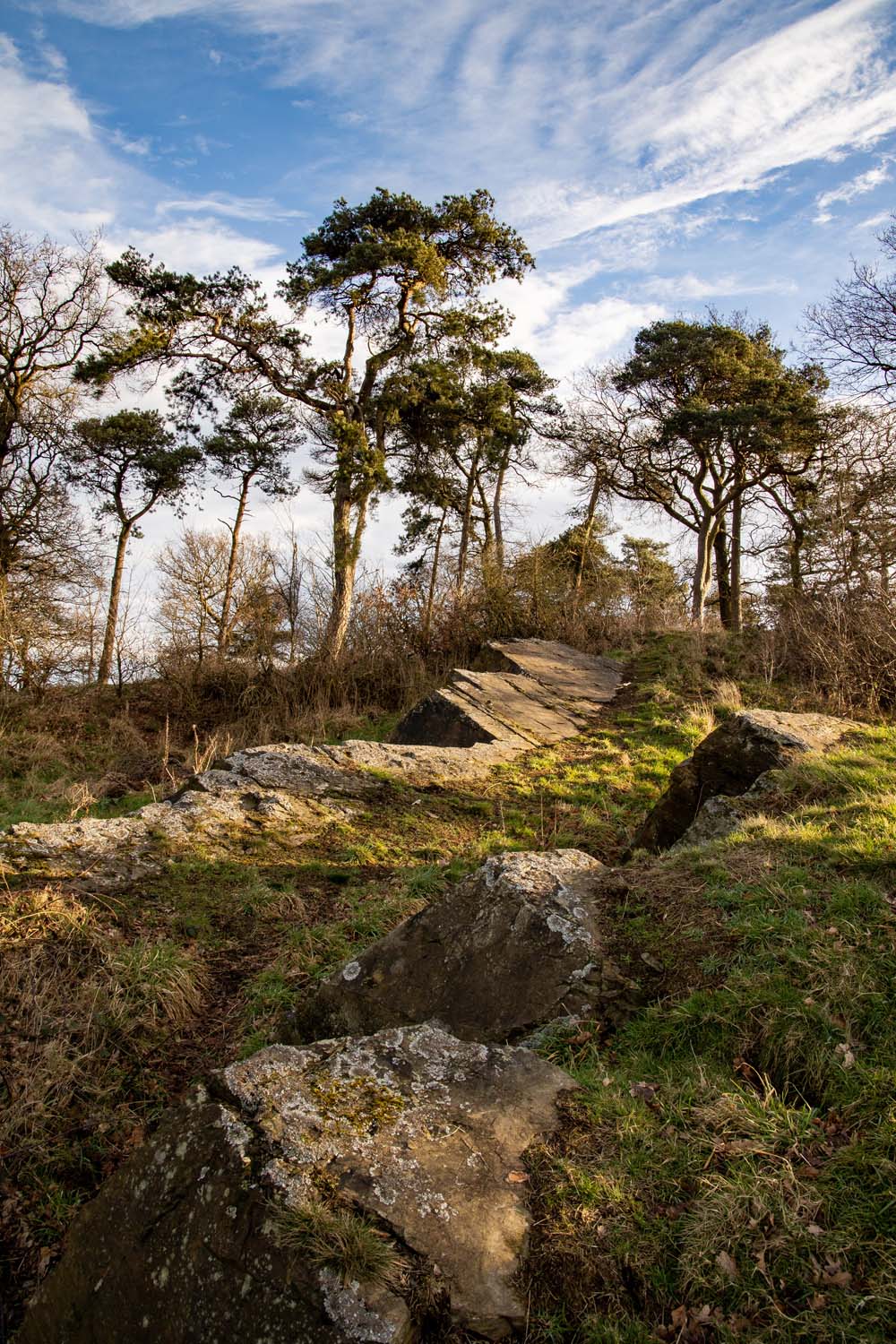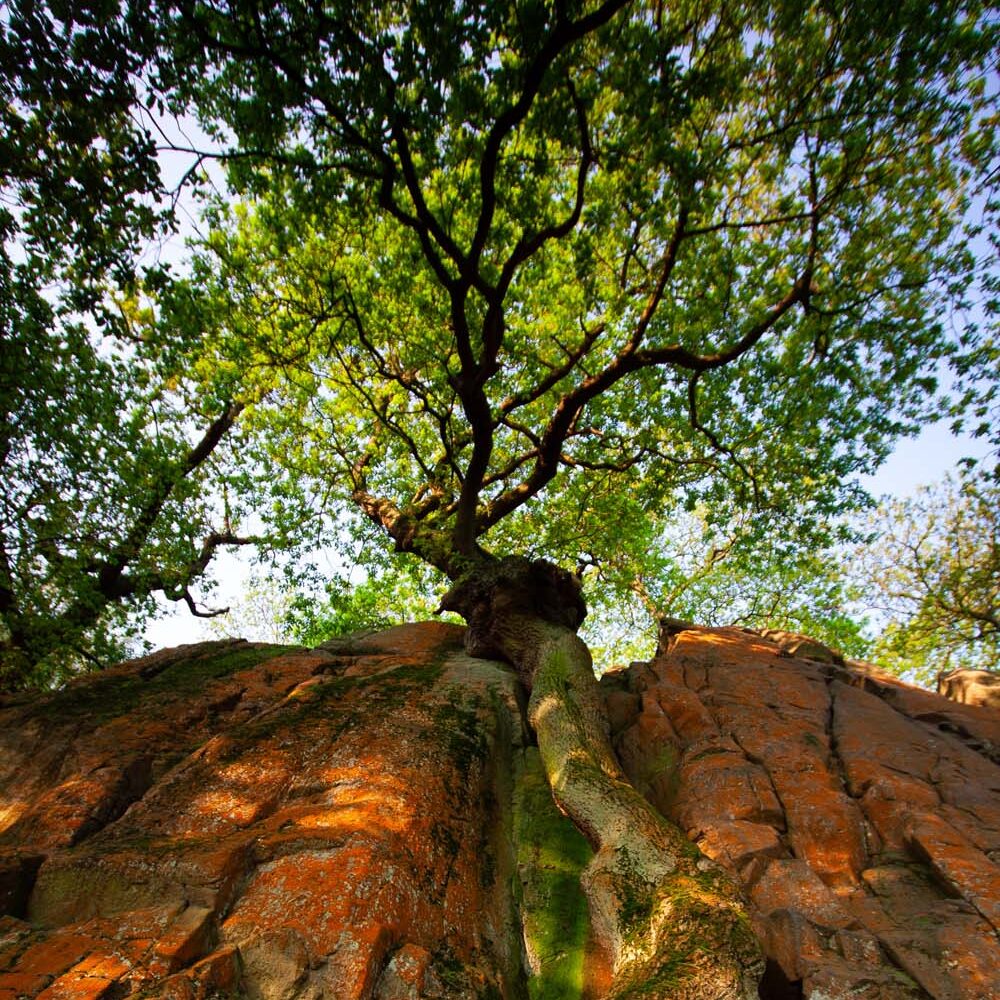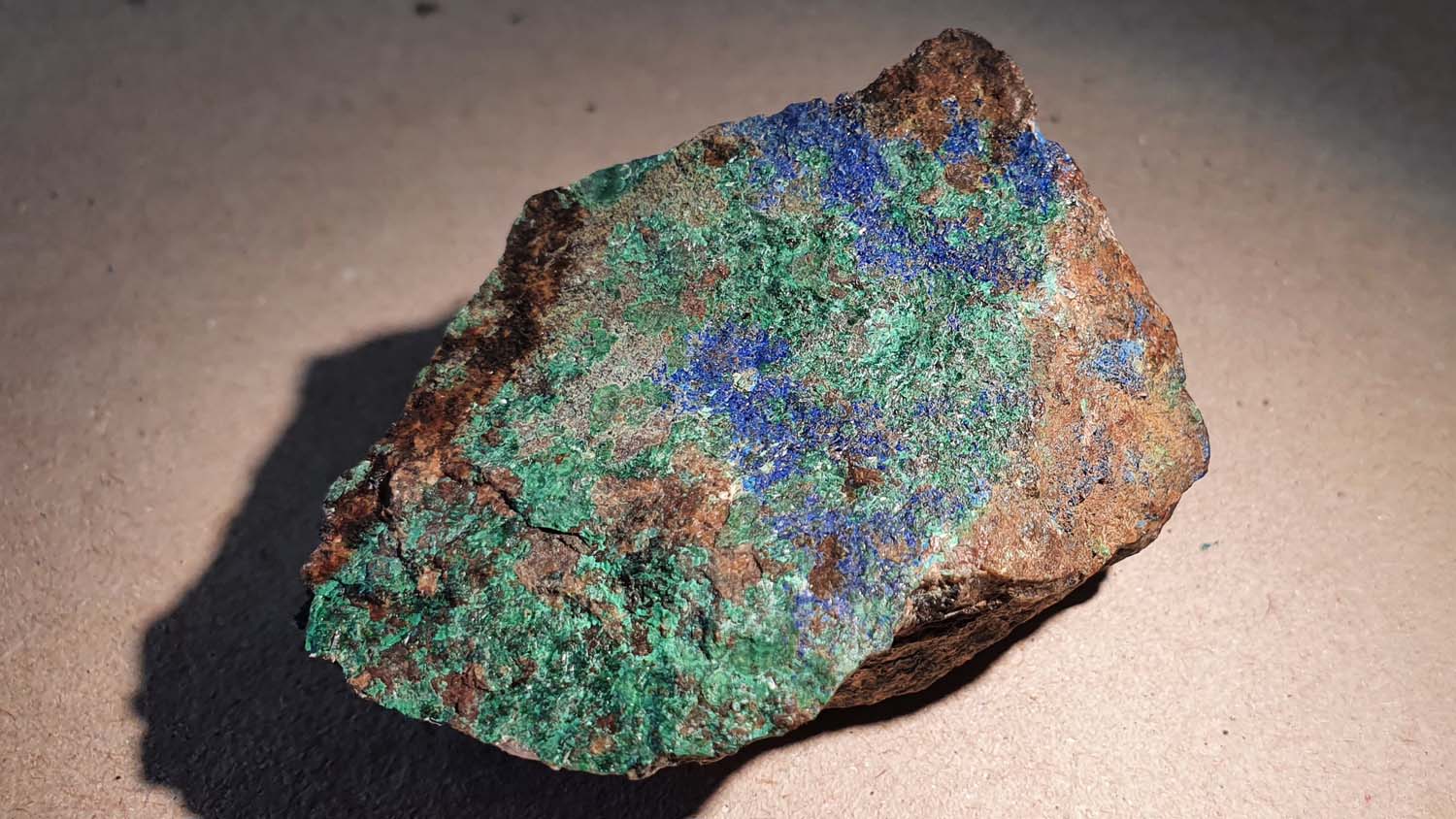
EXPLORE
Our Geodiversity
From rolling hills to crag-topped peaks, our landscapes are home to more than forty different rock types, some of which contain fossils of our oldest known animal ancestors.
What is Geodiversity?
Geodiversity is all around you. It is the variety of the non-living elements of nature, including rocks, fossils, soils, and landscapes – all features we have many examples of in Charnwood Forest. Our geodiversity isn’t limited to the internationally famous Ediacaran fossils that scientists continue to study. We are also home to an amazing array of minerals, including one that was first described here: Bobkingite.
Our landscapes have formed over hundreds of millions of years, and are now harnessed to support communities across Leicestershire through four major reservoirs. Geodiversity impacts our lives in so many ways, and in the Geopark we aim to increase awareness and celebrate these often overlooked links.
Discover
Explore our Geological History
Travel back in time more than half a billion years to discover how geology built and shaped Charnwood Forest

DISCOVER
FABULOUS FOSSILS
Charnwood Forest is home to some of the oldest animal fossils ever discovered, from more than 560 million years ago. Learn more about what life looked like all those years ago during a period geologists call the Ediacaran, and how a fossil called Charnia changed our view of evolution.
Geoconservation
Charnwood Forest is home to internationally important geological sites, and this creates a need to protect these places and ensure they are available for future generations. The Geopark contains a patchwork of conservation designations that are used to look after our sites, including Regionally Important Geological Sites, Local Nature Reserves, Country Parks, Sites of Special Scientific Interest, and National Nature Reserves.
Within these sites, certain activities may be forbidden to help look after the natural features found there. When visiting our sites, please ensure you don’t damage or destroy the geological, biological, or cultural heritage that is there. The Geopark’s Ediacaran fossils are protected by law, and it is an offence to damage, destroy, or remove them.
GEODIVERSITY
MARVELLOUS MINERALS
Charnwood Forest is home to wide array of minerals – many more than you would expect for its size. Explore our mineralogical diversity through the images above.

COME VISIT US
A Forest of Internationally Important Geology
In the 1950s, two schoolchildren made an amazing discovery in Charnwood Forest – the fossil Charnia. This find was the first conclusive evidence for life existing in the Precambrian, and is now know to be one of the oldest animal fossils. From fossils to rocks that helped build London, there’s always a new geological story to discover.
Check out our geosites to explore for yourself.
Charnwood Forest
OUR BIODIVERSITY
Charnwood Forest’s ancient rocks have given rise to a complex mosaic of wildlife-rich habitats and distinctive landscapes. Discover more about our ancient woodlands, heathland, majestic wildflower meadows and nationally rare wildlife.





